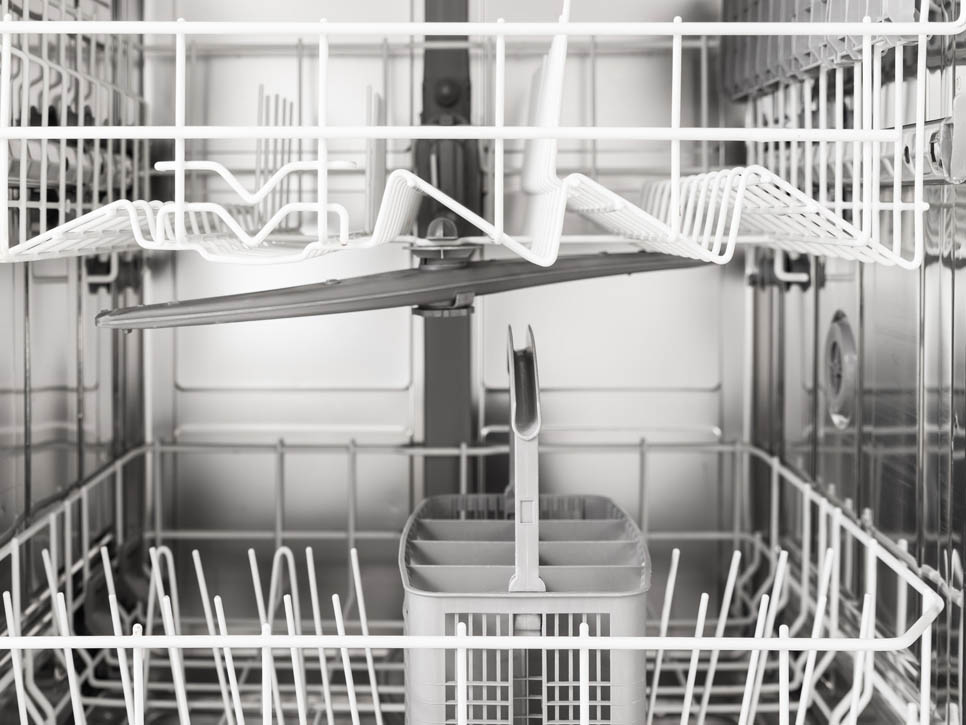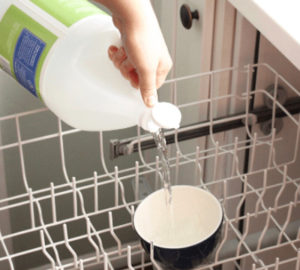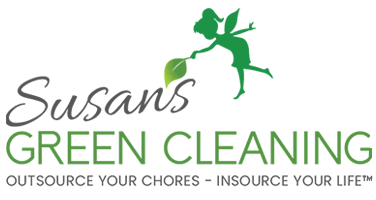
Prevent Mold, Yeast, And Bacteria Growth In Your Dishwasher
You might think your dishwasher is clean because it gets cleaned with the dishes every time you use it, but this is far from true. In actuality, you need to clean it regularly to eradicate mold and prevent bacteria from colonizing.
Here’s what you need to know:
- Fungi that grows on food can get into your dishwasher’s gasket, drain seal, rack, and rubber parts. Instead of being washed out with use, it thrives on your dishwasher’s warm, moist temperatures, creating a breeding ground for bacteria and mold. Think of it as a petri dish of toxins.
- According to a published study in Medical Mycology, a whopping 62% of dishwashers harbor some variety of fungus, mold, mildew, rare fungi, and Candida yeast that can survive detergent and high temperature cleaning cycles.
- Bleach kills common mold, but is not as effective against a wide spectrum of fungal growth in porous areas of your dishwasher, such as rubber parts. This is because bleach has a high surface tension that keeps it from penetrating soft materials.
- Health agencies use soap and water, followed by vinegar to clean mold. Vinegar kills 99 percent of bacteria and 82 percent of mold species, and it’s safer to use inside the dishwasher than bleach.
Directions For Maintaining And Cleaning Your Dishwasher

Next spritz the inside of all hard-to-reach areas with straight vinegar and let sit for 5 minutes.
Disinfect your dishwasher with a cup of white distilled vinegar on the top rack and run the dishwasher through its hottest cycle.
If you decide to use bleach for your cleaning agent, use a mixture of 3/4 cups of zero chlorine bleach per gallon of water. Apply it to non-porous surfaces and hard plastic parts of the dishwasher. Make sure there is plenty of ventilation and wear rubber gloves to protect your lungs and skin.
Mold Prevention
Leave your dishwasher ajar between cycles so airflow dries out an otherwise damp environment within your dishwasher.
Run a cleaning cycle with detergent through your empty dishwasher whenever you’ve just run through a heavy load of dirty dishes. You can run a mixture of 1 cup of vinegar with baking soda through it as an extra deterrent.


